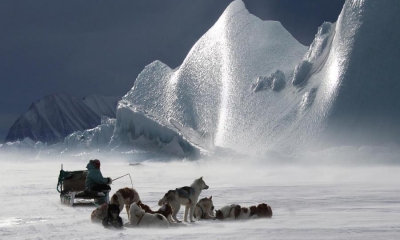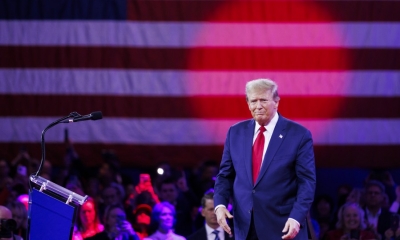G7 and the Next War in Asia?
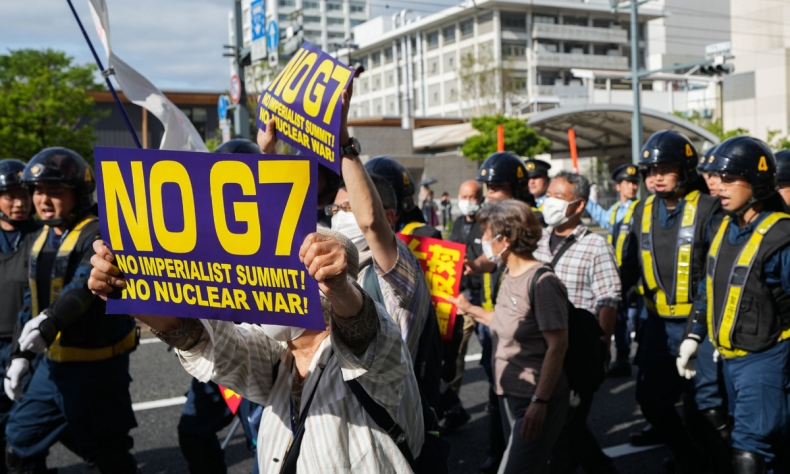
Given the increasing tensions in Europe and in the Asia-Pacific, policies and constructive diplomacy supporting Peaceful Coexistence are urgently needed.
Does the recent G7 meeting in Japan portend the next war in Asia? That the hawks in the U.S. and Europe are pushing the NATO war machine into Asia is no surprise. But where will it lead?
As tensions increase in the Asia-Pacific it may be useful to seek some historical context. It is clear that the West and its NATO war machine want to revive German and Japanese military power. To what end? Is it to “contain” or “deter” China and Russia? Or is it to eventually use military force against China and Russia?
Japan gained “Global Partner” status in NATO back in 2014 by joining its Individual Partnership and Cooperation Program. It is important to understand that NATO expansion has not been limited to its eastward march against Russia.
The NATO war against Russia using Ukraine as a proxy brings to mind the Nazi German World War 2 war plan seeking “living space” in Eastern Europe. Ukraine was then a special target of Berlin. The present-day Russian response is predictable given this grim history.
Obama and the U.S. pivot to Asia
Washington’s plans for militarization of the Asia-Pacific have never been a secret. President Barack Obama initiated a stepped-up U.S. military presence in the Pacific. At the time, the Obama policy was billed with much fanfare as the “pivot” policy. Later this so-called pivot was renamed “rebalancing”. The new military balance was to place 60 percent of U.S. military assets in the Asia-Pacific while adjusting and redeploying the other 40 percent in Europe and in the Middle East.
Obama’s pivot, however, was nothing new. It had been agreed upon in a bipartisan elite foreign policy consensus as early as 2005 during the George W Bush administration. At the time, the U.S. was bogged down in the Middle East in the Iraq and Afghan wars. China was rising.
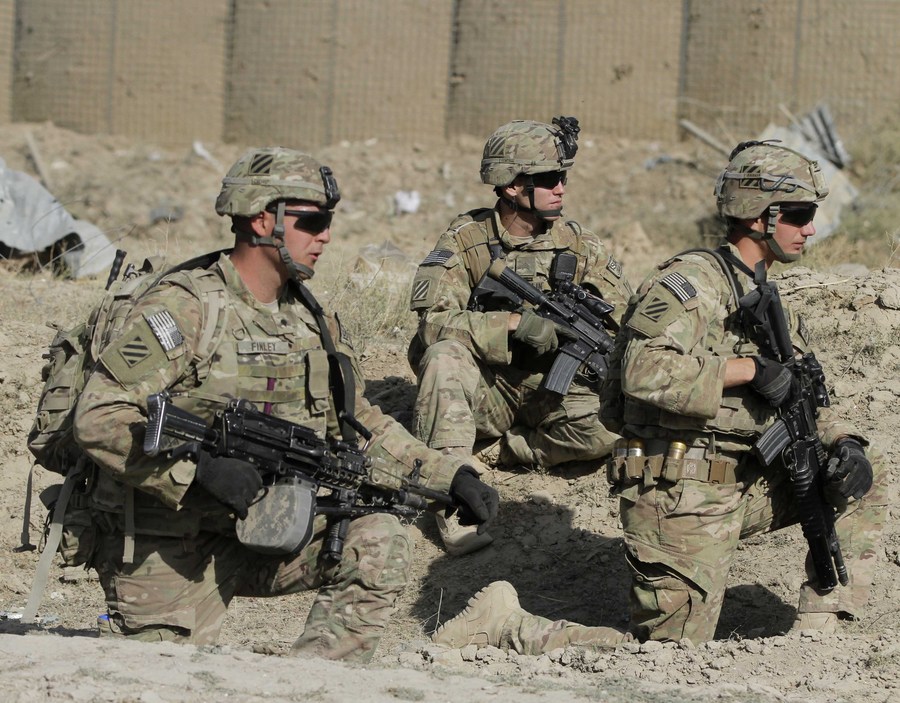
So, back then a series of meetings of Establishment foreign policy study groups undertook the task of creating an updated Cold War strategy for the U.S. It was to be ready for whichever candidate, Republican or Democrat, won the 2008 election. The underlying strategic concept remained the same as the old Cold War concept, namely, to contain the Eurasian landmass meaning China and Russia.
In the event, Obama won the election and Hillary Clinton became secretary of state. Clinton placed the co-director of the Establishment foreign policy study groups just noted, Anne-Marie Slaughter, as head of the State Department Policy Planning office.
In the meantime, Japanese Prime Minister Shinzo Abe, announced his “Diamond” strategy which called for increased security cooperation between Japan, the U.S., Australia, and India. This was no coincidence as the Japanese embassy in Washington as well as Japanese scholars participated in the foreign policy study groups. Australian officials also participated in the study groups.
The new policy consensus for the containment of China was based, and generally still is based, on a strategic alignment of the U.S., Japan, Australia, and India versus China. The broader old geopolitical concept of the British imperial strategist, Sir Halford Mackinder (1861-1947), the containment of the Eurasia “Heartland”, was its foundation.
Since the 1950s, the Mackinder strategic concept spread through various Western and international elites through various consensus building mechanisms such as the Trilateral Commission, the Bilderberg Group, and the Pinay Circle.
But in recent years the role of India which has an independent streak has become uncertain for the West so beefing up already existing alliances with Australia and Japan has been in the works. The G7 meeting at Hiroshima had this intention and the present government in Japan is quite willing to cooperate.
Later this year, Japan expects to have its NATO partnership upgraded through a new “individually Tailored Partnership Program”. This new arrangement is expected to be formalized at the NATO summit this coming July in Lithuania. Japanese Prime Minister Fumio Kishida has been invited to attend. Kishida is expected to present Japan’s support for the Ukraine war. In turn, NATO expects to open its first East Asian liaison office in Tokyo sometime in 2024.

George W. Bush, Donald Trump, and Asia
Back in 2001, I attended a series of briefings at the U.S. State Department. I was a member of a delegation from the National Conference of Editorial Writers on whose International Affairs Committee I served.
The briefings were intended to shed light on the new George W. Bush administration’s foreign policy. They were quite helpful and informative giving a clear sense of the new administration’s objectives and directions.
Of course, as usual when new administrations come into office there are all manner of interagency policy reviews undertaken. They can take a number of months to complete. These policy reviews assist the new administration in the policy formation process and in its implementation.
During one of the briefing sessions, I asked about the administration’s position on China and India. The briefing session was led by Richard Armitage, a well-known hawk deeply connected to the Japan Lobby. Armitage then held the position of Deputy Secretary of State.
Armitage’s reply to my question was direct and concise. “We have to manage the rise of China and India,” he said to me.
Given the changing international situation, it was understandable that China and India would be on the agenda. But what struck me was the notion that the U.S. was to “manage” the rise of China and India. This notion summarized the elite Establishment mindset and I appreciated Armitage’s frank reply. It was revealing.
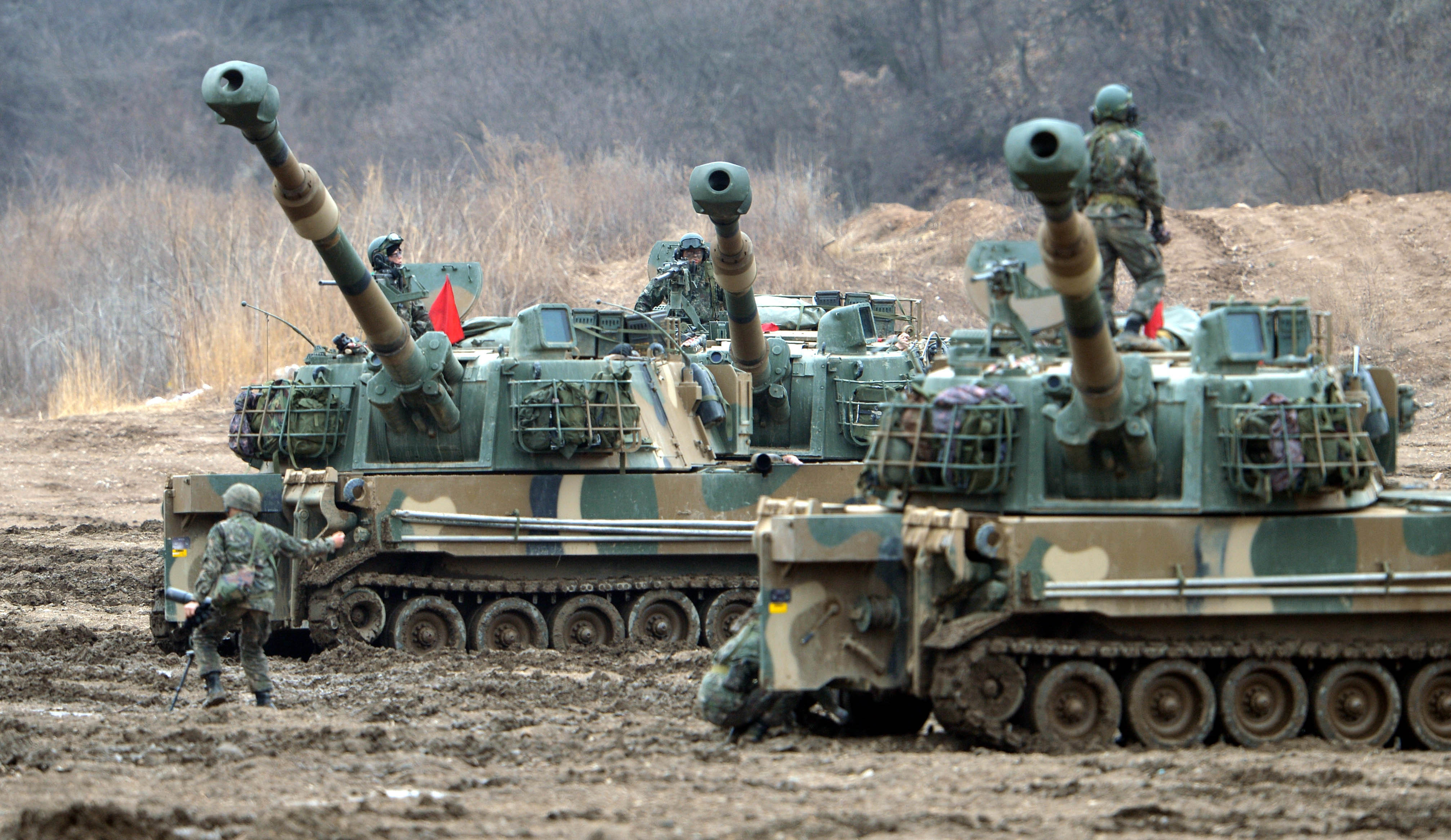
Are China and India to “manage” the decline of the U.S. these days?
In sum, the preparations for an updated Cold War policy and strategic containment of China and Russia were underway during the early years to the George W. Bush administration. Thus, the Obama “pivot” to Asia and “rebalancing” the global deployment of U.S. military forces came as no surprise to close observers.
President Donald Trump posturing as a populist campaigned against U.S. participation in NATO. However, once in office he changed his position and became favorable to NATO. Additionally, under Trump the name of the U.S. Pacific Command which is based in Hawaii significantly was changed to “U.S. Indo-Pacific Command (USINDOPACOM)”. This change symbolized a new stage of Washington’s “pivot” and the further militarization of the Asia-Pacific region.
Peaceful coexistence essential
The NATO war in Europe could expand at any time. In turn, this could trigger a wider global war. China’s Taiwan island could become a flashpoint for Western and Japanese aggression. Given the increasing tensions in Europe and in the Asia-Pacific, policies and constructive diplomacy supporting Peaceful Coexistence are urgently needed.
The article reflects the author’s opinions, and not necessarily the views of China Focus.
 Facebook
Facebook
 Twitter
Twitter
 Linkedin
Linkedin
 Google +
Google +




